#Sound GIFs
Explore tagged Tumblr posts
Text

Good Morning!!! We need solutions not excuses!!!
#morning#good morning#good morning message#good morning image#good morning man#the good morning man#the entire morning#gif#gm#morning vibes#morning motivation#tgmm#☀️🧙🏼♂️✌🏼#the sun#hearing#hearing solutions#medical gifts#modern medicine#sound#jackhammer#24/7#loud#vacuum of space#excuse#seems like an excuse#doctor#patient#doctor patient
210 notes
·
View notes
Text




https://www.youtube.com/watch?v=Z_OCTU_GX9Y
274 notes
·
View notes
Text


— my school president (2022 - 2023) | we are the series ep. 13 (2024)
#my school president#we are the series#winnysatang#satang kittiphop#winny thanawin#soundwin#win#sound#qtoey#q#toey#i'm not crying. you are 😭😭😭
337 notes
·
View notes
Text


#Dazatsu#Dazushi#bsd#bungo stray dogs#bungou stray dogs#bsd art#bsd atsushi#bsd dazai#atsushi nakajima#osamu dazai#dazi osamu#bsd fanart#art#fanart#drawing#digital art#meme#art meme#sound#my art#dazai osamu#sketch#doodle#video#Dazai x atsuhi#atsushi x dazai
48 notes
·
View notes
Text

Abstract Shapes Dance to a Lively Soundscape by Bernie Krause in a Playful Stop-Motion Animation
74 notes
·
View notes
Text

"The movie below shows the interference pattern generated in a ripple tank (in 2 dimensions) where water waves are generated by two small vibrating sources. The location of the sources is marked by the purple circles." https://salfordacoustics.co.uk/sound-waves/superposition/interference-from-two-point-sources
23 notes
·
View notes
Text

Sound Attenuation and Impedance
Just as waves of light can be reflected, refracted, absorbed, etc., so to can waves of sound. Even just traveling through the air results in a gradual loss of sound as the atoms and molecules that make up the air interact with the energy. Acoustic attenuation is the measurement of the energy that is lost during the propagation of sound through a medium. As energy can never be created or destroyed, part of the sound energy that is lost is converted into heat energy. The energy of sounds can also cause deformation in materials.
In general, soft and porous materials (including liquids and gases) tend to absorb more sound energy, while harder and denser materials, such as metals, absorb less. The angle at which sound interacts with an object, and it's frequency, also has an important effect. The degree of a material's attenuation is measured by its attenuation coefficient; the higher the value, the more sound energy is lost, resulting in quieter sounds at a distance. It is often measured in units of decibels per meter. In materials characterization methods that rely on acoustics, the attenuation of a material is significant, affecting the depth of penetration of sound waves.
Acoustic impedance, meanwhile, is the measure of a material's opposition to the movement of sound waves through that medium. It is typically given in units of pascal second per cubic meter. Impedance is directly affected by (and can be calculated with) the density of a material.
Sources/Further Reading: (Image Source—Hush City Soundproofing) (Wikipedia—Attenuation) (Wikipedia—Impedence) (Modern Physics) (Acoustiblok UK) (Engineer Your Sound) (Cambridge University) (ISU CNDE) (University of Wisconsin)
19 notes
·
View notes
Text
and also just the gif version lolo

36 notes
·
View notes
Text
Team Dosu Sprites.



If anyone knows the Artists Let me know.
#team dosu#kin tsuchi#naruto fanart#zaku abumi#dosu kinuta#otogakure#sound 4#orochimaru#ukon#tayuya#sakon#akatsuki#Sprites#8bit#8bitart#gif#nagato uzumaki#nail art#naruto uzumaki#naruto shippuden#naruto series#naruto#naruto manga#Sound#Sound Ninja#hidden sound village#village hidden in the sound#Villains#Naruto Villains
21 notes
·
View notes
Text

Listen, it sounds good, okay? Good Morning.
#morning#good morning#good morning message#good morning image#good morning man#the good morning man#the entire morning#gif#gm#tgmm#☀️🧙🏼♂️✌🏼#hear#joy#heart#sound#silence#music#beautiful#beautiful music#the morning
24 notes
·
View notes
Text

159 notes
·
View notes
Text
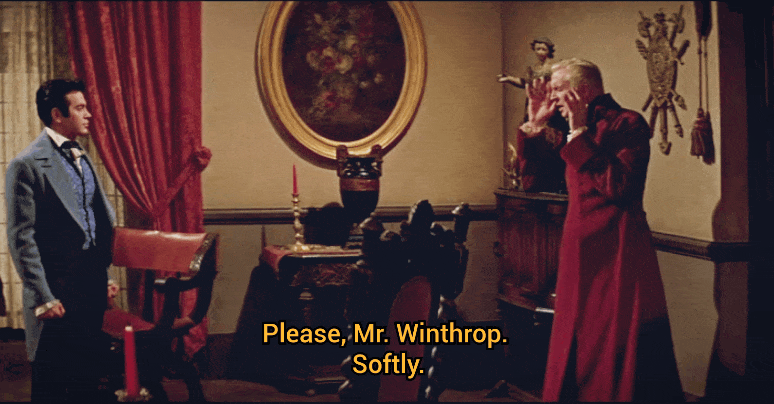
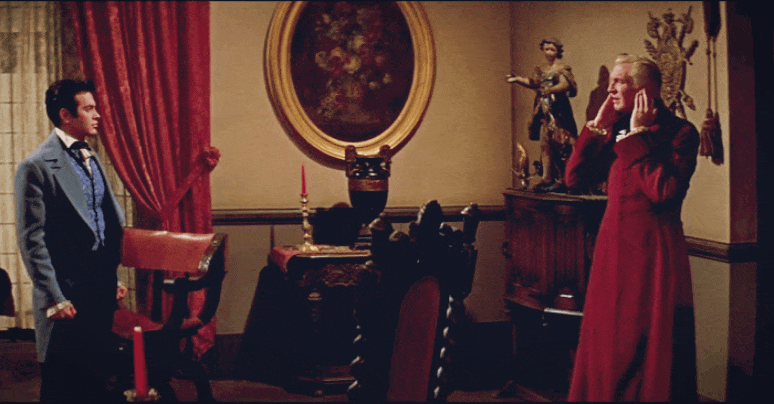

Vincent Price and Mark Damon
Fall of the House of Usher (1960) dir. Roger Corman
#vincent price#mark damon#the fall of the house of usher#fall of the house of usher#house of usher#roderick usher#edgar allan poe#story#book#hearing#sound#so tall so sexy#i desire him carnally#im fine.#bicon#bisexual#god#horror#old horror movies#vintage#movie#actor#handsome#gif#gifs made by me#gif set#gifs
89 notes
·
View notes
Note
my babys taking me home



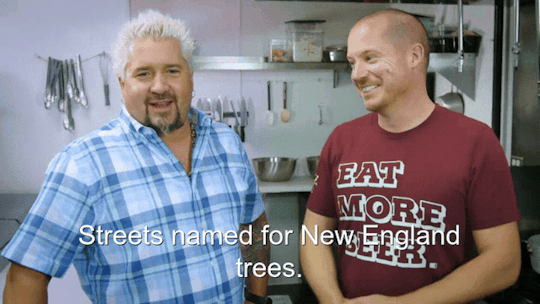


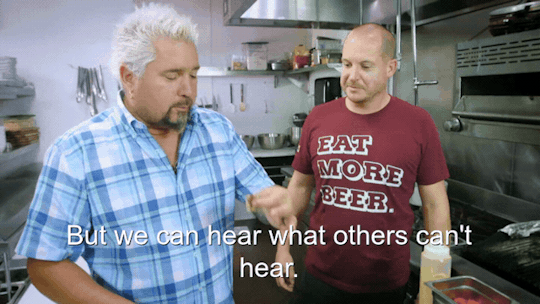
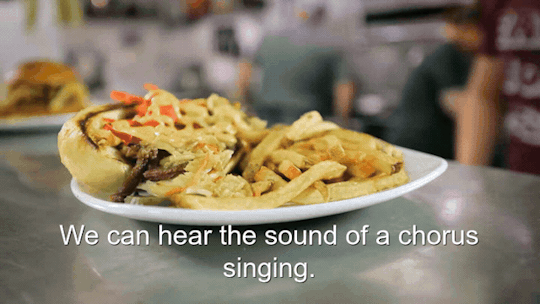
[As we walk through the morning rain. And the skies are clearing. And the streets are glistening. Streets named for New England trees. A rainbow forms. But we're both color-blind. But we can hear what others can't hear. We can hear the sound of a chorus singing.]
#s27e15 poutine pizza and pork#guy fieri#guyfieri#diners drive-ins and dives#new england trees#a rainbow forms#morning rain#chorus singing#skies#streets#others#sound
122 notes
·
View notes

